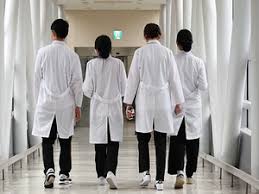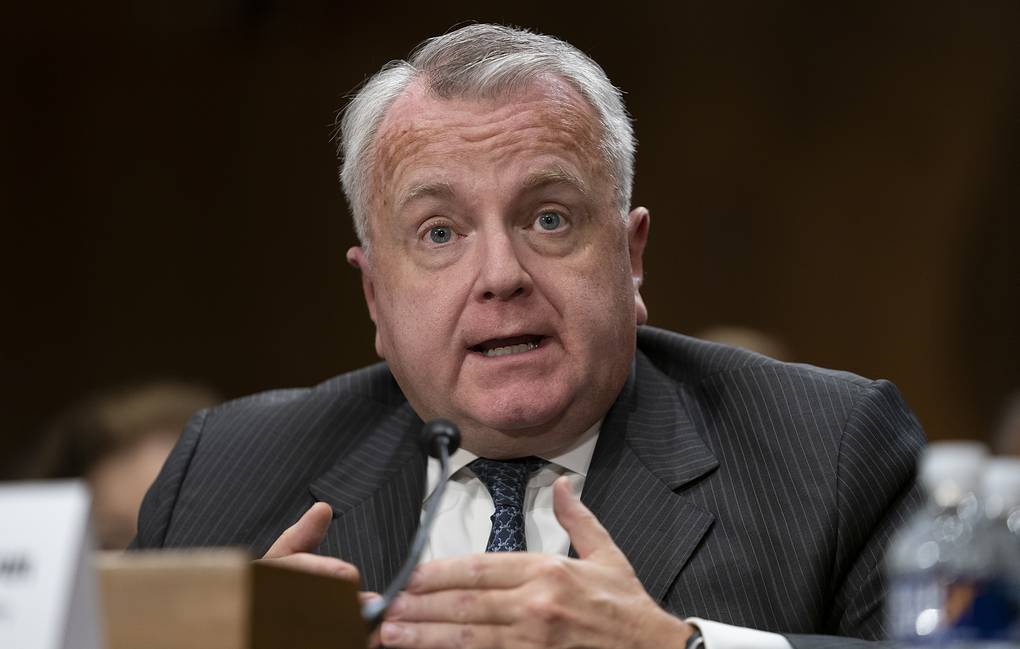South Korea: Med school deans call for freezing 2025 admission quota, talks on future adjustment

Seoul, April 21 : Medical school chiefs nationwide urged the South Korean government on Sunday not to increase the medical school enrollment quota for next year and discuss future increases with the medical community through a joint consultative body.
The proposal by the Korean Association of Medical Colleges and Graduate School of Medicine (KAMC) came as the government and doctors have not found a breakthrough in the prolonged walkout by over 10,000 junior doctors over the government’s push to increase the number of medical school seats by 2,000 starting next year from the current 3,058, Yonhap news agency reported.
The government has proposed dialogue by setting up a special presidential commission on medical reform, while allowing universities to decide their quotas by a range of 50 to 100 per cent of what the government assigned for next year.
But doctors have rejected the proposals and demanded one-on-one talks with the government.
“The medical school admission quota for 2025 should be frozen and a consultative body should be formed with the medical community at an early date to come up with the admission quota for 2026 and beyond in a scientific manner,” the KAMC said in a statement
It is “not reasonable” for the government to depend on the decision by university presidents about such a crucial issue of the medical school quota, the organisation said, calling for a swift and wise determination by the government to address the current crisis.
The government has stressed the need to increase the medical school admission quota to address a shortage of doctors.
Given South Korea’s rapid population aging and other issues, the country is expected to fall short by 15,000 doctors by 2035, according to the health ministry.
But doctors have said the planned quota hike would compromise the quality of medical education and services and create a surplus of physicians, and the government must devise ways of better protecting them from malpractice suits and extending compensation to induce more physicians to practice in such “unpopular” areas.
The walkout, which began February 20, has caused serious disruptions in the country’s medical system, as trainee doctors had played a crucial role in large hospitals, particularly in emergency and acute healthcare duties.





